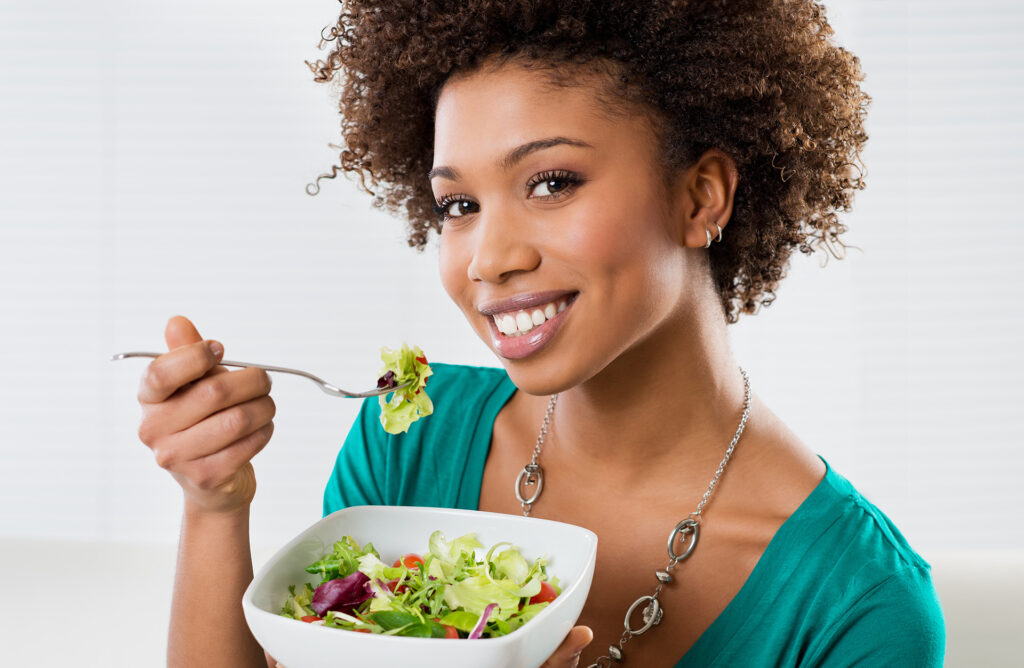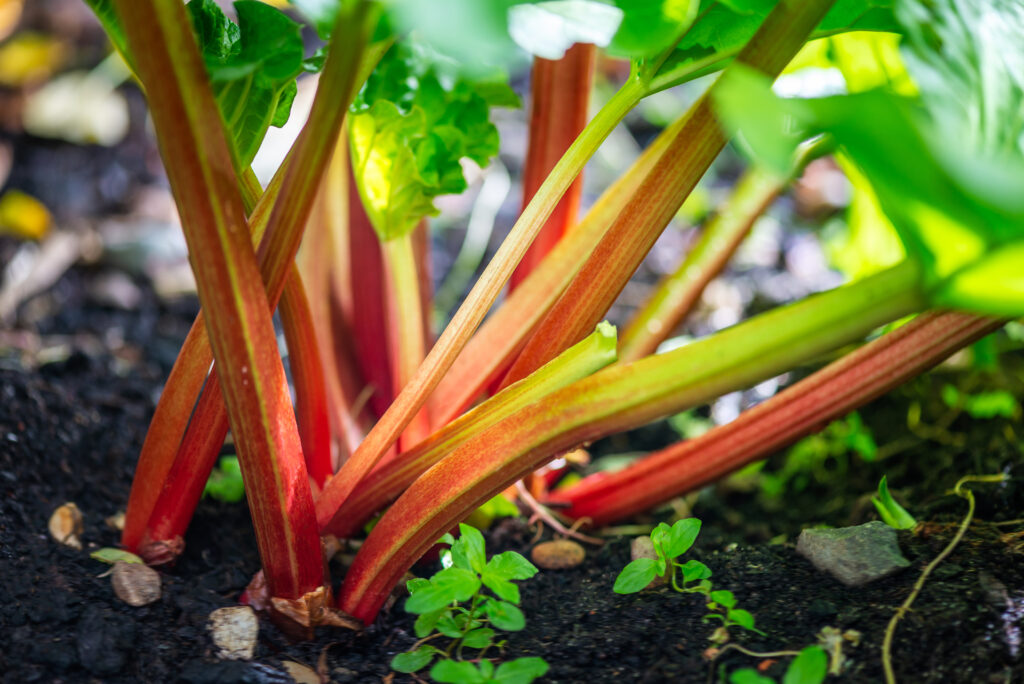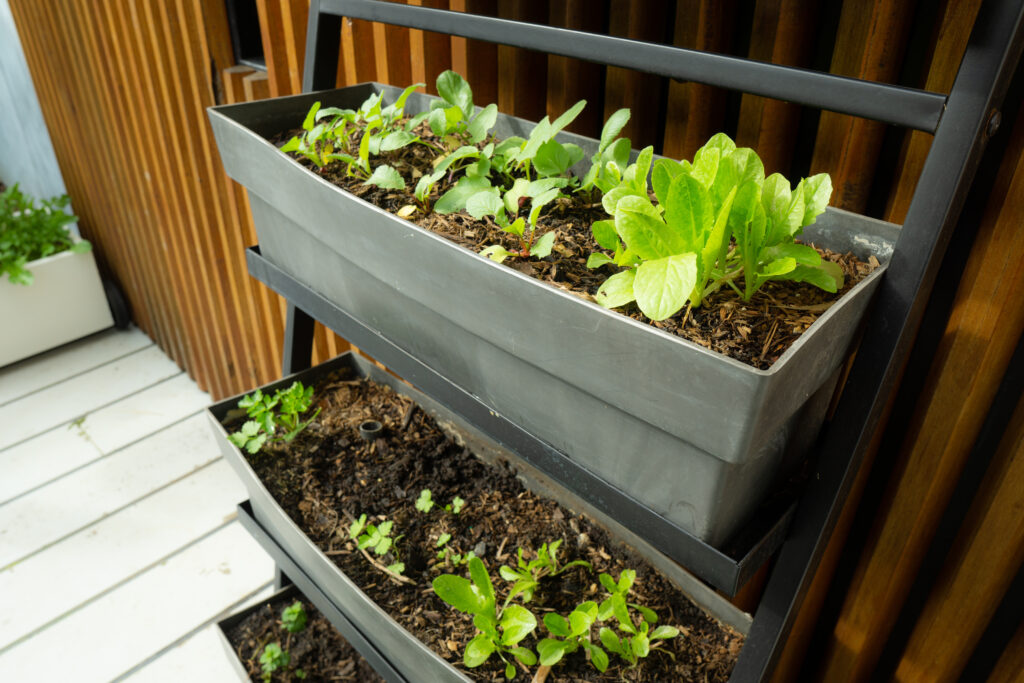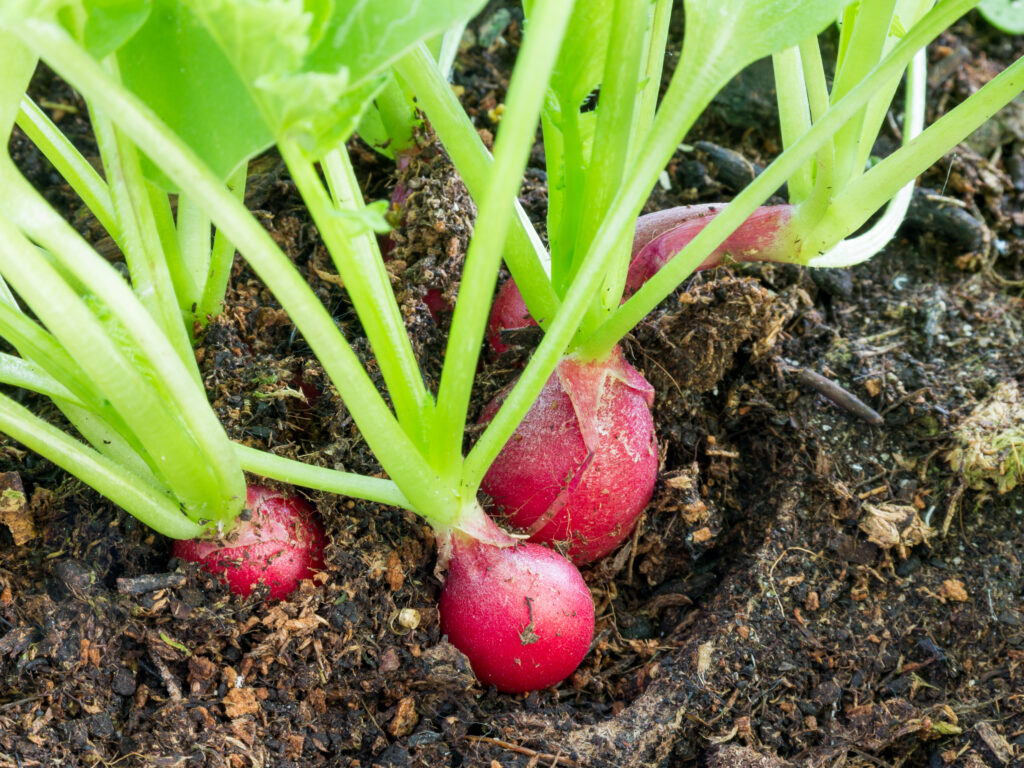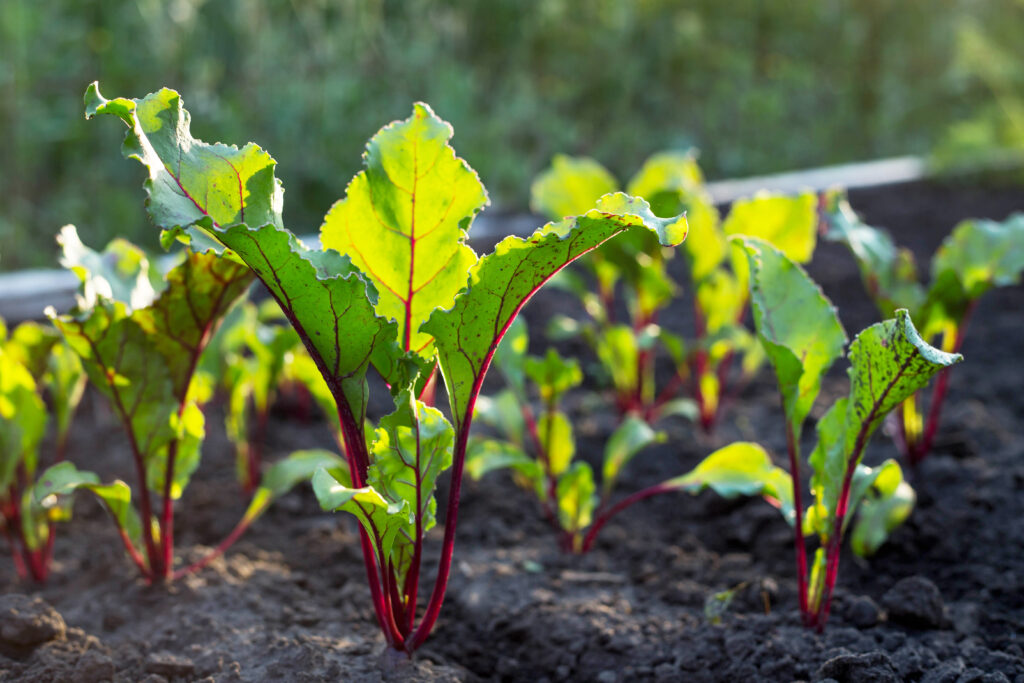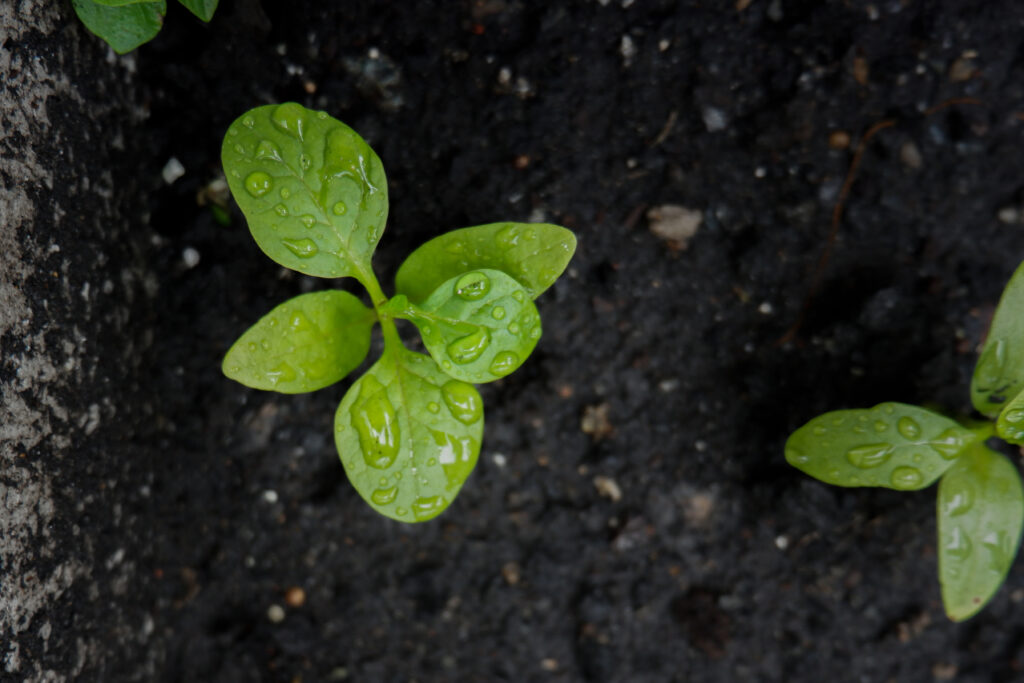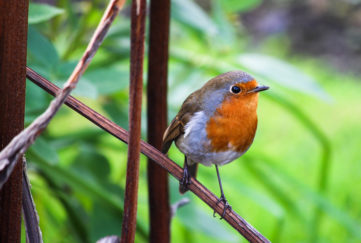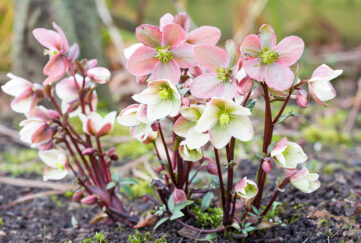Top Tips To Grow Your Own Herbs And Vegetables
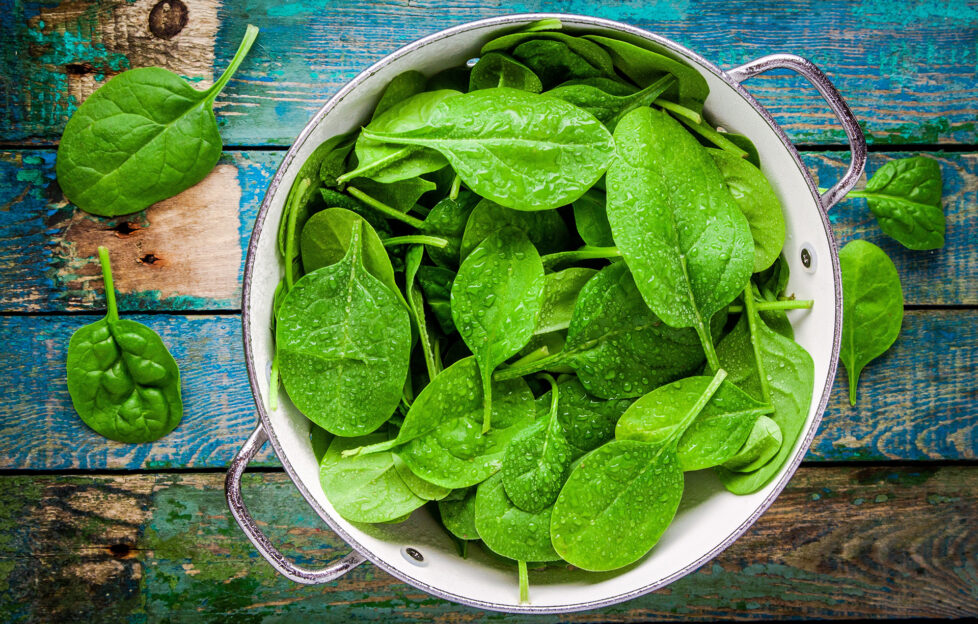
By Jane Perrone of Mash Direct
1 GROW WHAT MAKES YOU HAPPY
Before you start growing, consider what you like to eat. It’s easy to think you have to grow potatoes, leeks and lettuces because that’s what you see growing at the local allotment, but growing ingredients for your favourite dishes will motivate you to really take care of it.
Maybe that means turning your whole plot over to runner beans and carrots, or perhaps tending a container garden of herbs for making caffeine-free teas, or growing ten different chilli varieties to fuel your curry obsession. Whatever you do, grow what makes you happy!
2 PICK PERRENIAL PLANTS
If you don’t have a lot of spare time for tending your crops, opt for perennial plantings – things that can be planted once and will crop year after year, rather than having to be grown from seed every spring – perfect if you don’t have much space for tending seedlings. From rhubarb and currant bushes to asparagus and perennial kales, there are many options to choose from.
3 GROW WHAT YOU CAN’T FIND IN THE SUPERMARKET
Choose crops that are hard to source at the supermarket, whether that’s unusual varieties of tomato, or veg that is best when rushed to the kitchen and eaten super-fresh, such as asparagus. I love growing seakale, for instance, because it’s impossible to get hold of in the shops and is a real spring treat.
4 CHECK YOUR GROWING SPACE
Consider how much room you have to store crops. If you don’t have somewhere to store sack after sack of potatoes, or a whole army of huge pumpkins, you may find yourself overwhelmed. Cut and come again crops such as lettuce, chard and kale, on the other hand, are best snipped and used straightaway, so you can harvest just before you cook.
5 CHECK THE POSSIBILITIES
Have a hard look at your growing space and its possibilities. Do you want to grow in containers on a patio, dig up your lawn, or plant up a window box? Bear in mind that the vast majority of fruit and vegetables need plenty of light, so try to locate the sunniest spot you have for growing.
6 CHECK THE WEATHER
Keep a close eye on the weather forecast – depending on where you live, tender crops that hail from warm climes such as chillies, squash, beans and tomatoes can’t be planted out permanently until after the last frosts, which usually happens some time in May. You can sow many vegetable seeds in pots on sunny windowsills indoors or in a greenhouse or cold frame, then transplant them into bigger pots or the ground once the weather warms up. Some of the easiest crops for new growers are radishes, lettuce, courgettes, chard and French beans.
7 KICKSTART THE GROWING PROCESS
If you’re lacking space or time to sow seeds, there’s no shame in buying young veg plants from your local garden centre or via mail order to kickstart your growing season.
8 USE WHAT YOU HAVE AT HOME
If your budget’s tight, raid the kitchen for some free and easy crops. Try sprouting an avocado or mango tree from a discarded stone, growing microgreens from coriander, fenugreek and mustard seeds from your spice rack, and making the most of supermarket herbs such as parsley and coriander by removing them from their pots and teasing apart individual plants: repot them individually to keep them growing far longer.
9 TENDER TIME
Set aside a few minutes a day to tend your crops, whether that’s watering, weeding, feeding or planting out. Daily attention will allow you to spot any problems such as wilting plants or an aphid infestation before they get serious.
10 BE PATIENT
Whatever you grow, remember it’s not always the end results that matter: things will go wrong, and that’s part of the learning process. Simply enjoy the experience of watching a new seedling emerge, and even if the slugs only fail to munch a single lettuce, you can relish every leaf.

